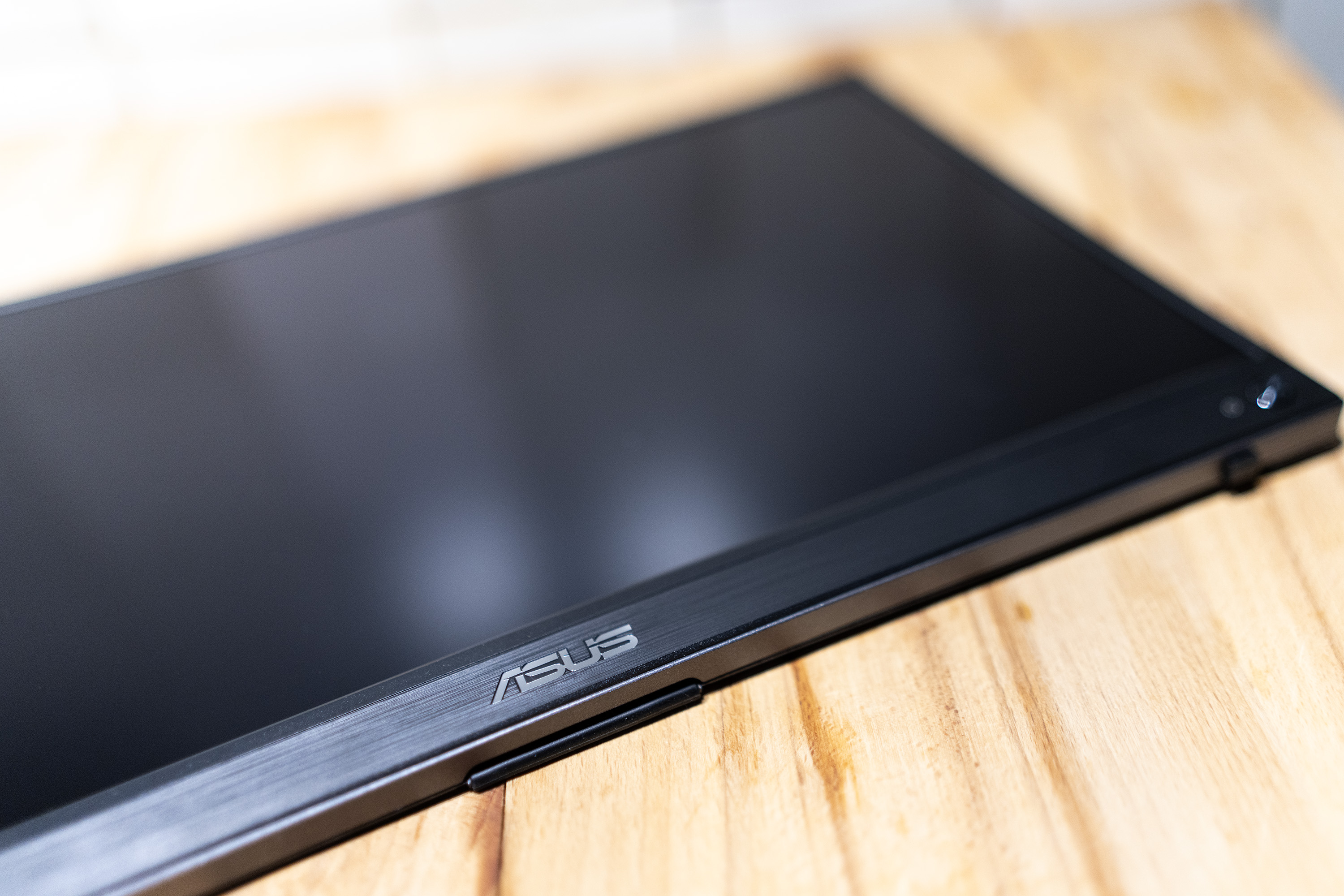
The neatly designed ASUS ZenScreen GO MB16AWP portable monitor really leans into its intended use. There's everything here you could want for pairing with your laptop, including a single-cable USB-C connection, wireless streaming, a built-in stand, some speakers and a headphone socket, and an IPS panel that’s just about bright enough to use on the train or by a window. You get some welcome extras too, such as the standard tripod connection on the back. Combine this with the wireless screen mirroring over Wi-Fi, and you’ve got a screen that could easily be mounted in a studio for monitoring photo or video shoots, or perched on a hotel room desk while you relax and stream Netflix to it.
But how does it compare against other portable monitors on the market right now? I took it through its paces to find out (also see our guide to the best monitors for working from home).
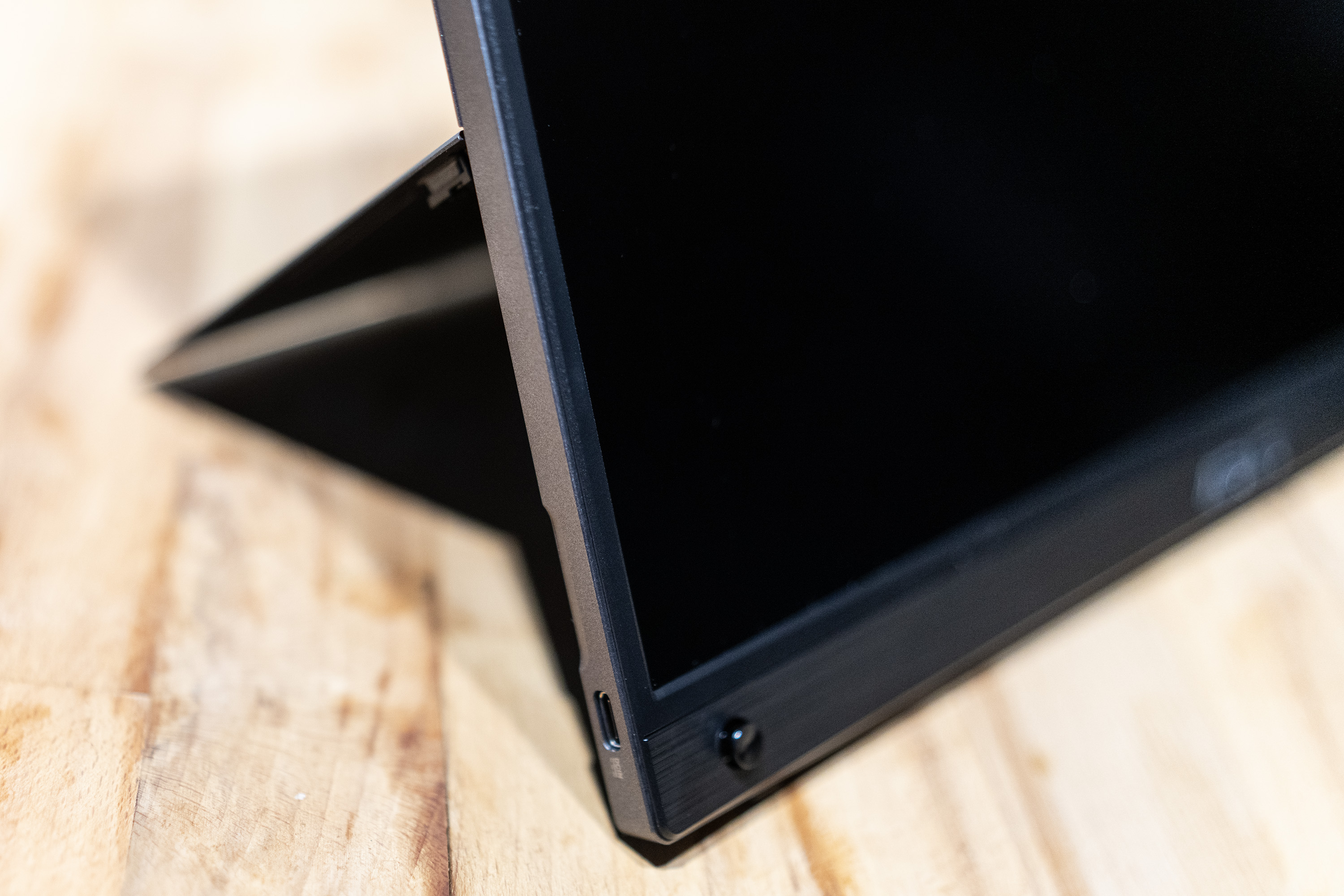
ASUS ZenScreen Go MB16AWP review: Key specs
ASUS ZenScreen Go MB16AWP review: Design and build
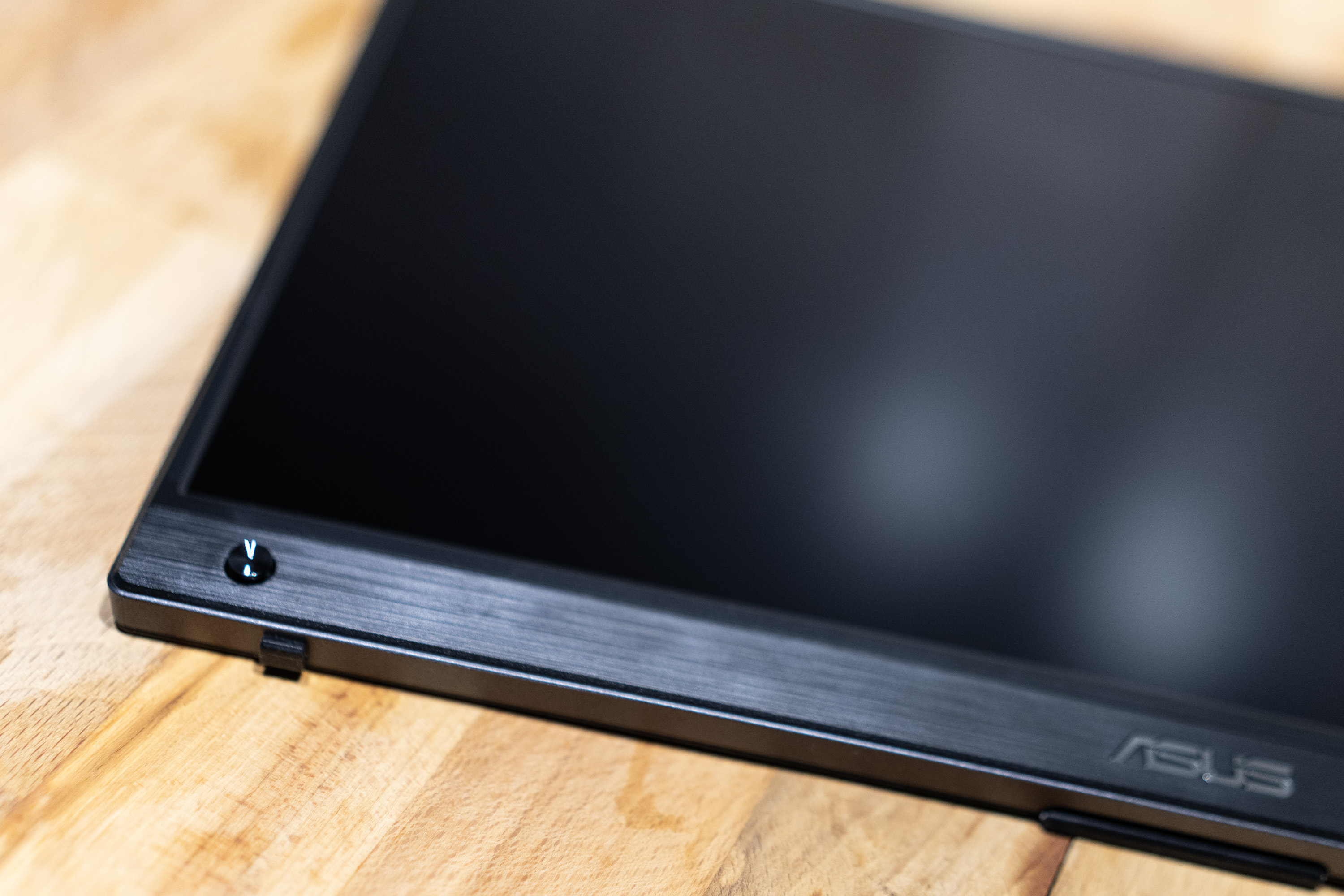
The ASUS ZenScreen Go looks very much like a tablet. A soft case comes in the box that accentuates this, and anyone pulling it out might be disappointed at first glance that it doesn’t spring to life with a tap and start displaying apps. Despite the built-in battery, this is still a passive display device rather than something you can run Doom (or Procreate) on, and the screen is not touch sensitive.
Plonk it beside a laptop or an iPad Pro, however, and it begins to make an awful lot of sense. A 1080p 15.6in panel matches the display of a lot of portable computers, and thanks to the USB-C connection and built-in stand you can get it set up as a secondary monitor and extend your desktop onto it with a minimum of fuss.
It’s a touch thicker than some of the other portable monitors we’ve looked at, such as ASUS’ own ZenScreen MQ16AH OLED, and this is down not only to the presence of small speakers, but also of a battery. Being able to run the screen without a power brick or USB connection, perhaps wirelessly streaming to it from a phone, makes this a seriously flexible screen, one you could as easily take with you on a holiday as well as a work trip.
The bezel is thin, though thicker at the bottom where some buttons and the ASUS logo live, and the front of the screen is textured as if it was pushed up against something wooden while still molten. It looks good, and fits in with most laptops and office environments, the two buttons (one is actually a small joystick used to navigate the OSD) at either side of the screen giving it a look reminiscent of an old-fashioned TV set.
ASUS ZenScreen Go MB16AWP review: Performance
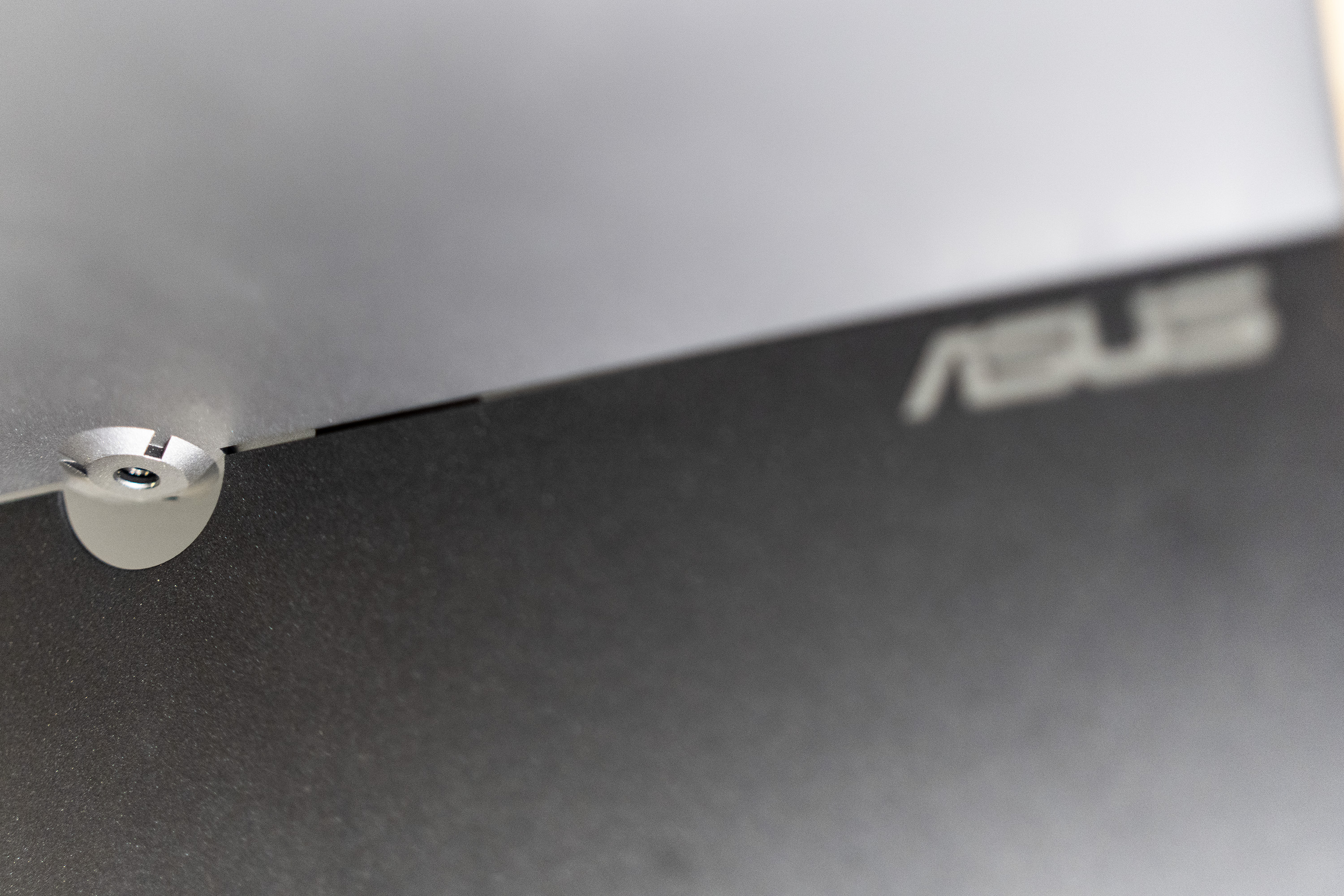
The 1080p IPS screen with a maximum brightness of 250 nits – half as bright as a MacBook Air – isn’t the best thing on offer here: that crown goes to the wireless connection, which allows you to mirror or extend the display from your PC, Mac, Chromebook, tablet or phone. The Zenscreen Go itself creates a 5GHz Wi-Fi hotspot you can connect to with a username and password displayed on the screen itself, which Windows then detects as a wireless display and treats just like any other secondary monitor. The battery can last about 3.5 hours, and only requires a USB-C plug to charge it.
Despite the middling brightness, picture quality is generally very good, as you’d expect from an IPS panel, though there isn’t the level of brightness or saturation an OLED would provide. IPS screens have the benefit of not being as reflective as OLEDs, and the ZenScreen Go makes a very usable companion to a small notebook PC or tablet. Being able to wirelessly cast to it from Android or iOS extends its usefulness, and the screen connects with little hassle, though you’re also able to use a USB-C or HDMI cable, with a mini-HDMI adapter included in the package to make better use of the less-common but more compact socket.
ASUS ZenScreen Go MB16AWP review: Price

At the time of writing, the ASUS ZenScreen Go MB16AWP is retailing for £449 in the UK, which isn't exactly cheap for a portable second screen, but is in line with both the specs involved here and the impressive performance on display.
Should I buy the ASUS ZenScreen GO MB16AWP?
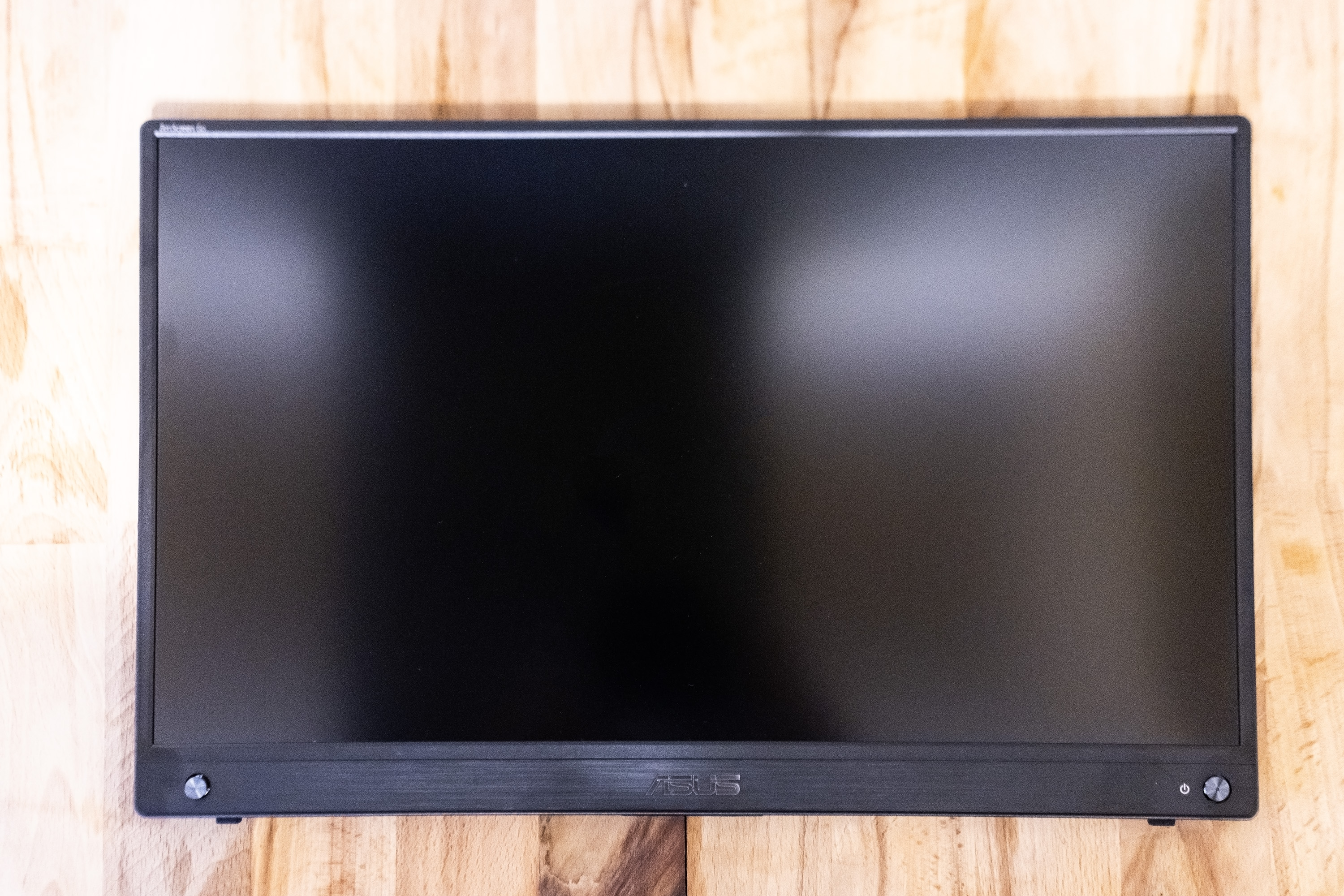
The popularity of 15in laptops suggests that a screen this size poses no problem for people to work on, and being able to double the screen real estate of your portable workstation can make a huge difference to the way you work. The ASUS ZenScreen Go, with its built-in battery and speakers, variety of useful inputs, and decent image quality, is a handy companion for both working and chilling out afterwards, and should definitely be a major consideration if you’re in the market for such a device. The main drawback is that it’s a lot more expensive than some of the more generic portable screens available in the same size, so you’re really going to have to want the wireless connection and battery to invest in this otherwise excellent screen.







